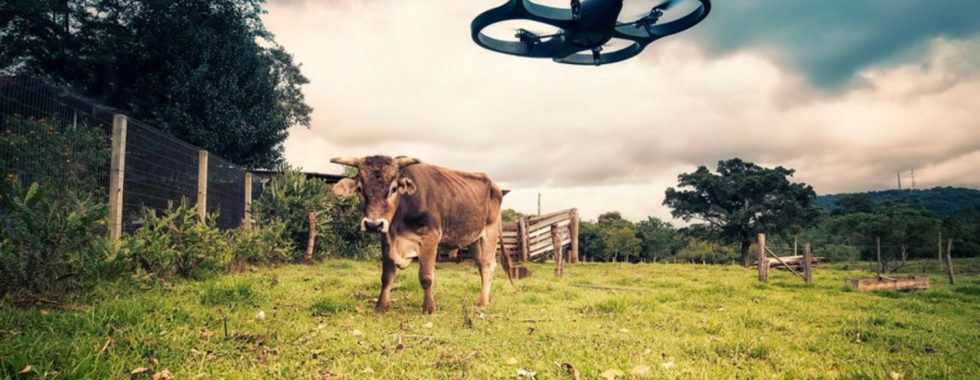The use of drones in future-forward farming
Agricultural producers are facing many challenges to ensure sustainable food production for an ever-growing population. To ensure we attend to the daily needs of a projected nine billion people by 2050, producers will increasingly rely on technology to help produce food sustainably.
The smart use of technology in agriculture is commonplace and the sector is becoming increasingly data-driven. The benefits of precision-farming is already paying dividends in the cultivation of crops. Yet, as weather patterns become more extreme and unpredictable, the need for real-time data will increase to better-manage risks and plan for the future. Farms are becoming larger and it is not possible to walk and monitor it on foot every day, so producers are reliant on technology to help them better-manage their business. (Source: Clarity from above, PwC global report on the commercial applications of drone technology, May 2016.)
Drone technology – formally known as unmanned aerial vehicles (UAVs) – may not be new technology, but is contributing to the increase in high-technology farming. While some believe it will take farming to the next level, the nagging question about the quality and integration of big data, are causing concerns.
In recent years, the practical use of drones have grown significantly and is becoming more accessible to producers. In South Africa, the use of drones are particularly popular in crop cultivation, providing invaluable information to help producers analyse crops and fields, including precise 3D-maps for soil analysis. This can help spot early infections to treat plants or dry patches to help adjust irrigation and do faster and more accurate crop spraying and save water. Improved crop management will lead to greater production and higher yields, making it possible to feed more people, more sustainably.
Beyond crop cultivation, the opportunities for livestock farmers are significant. Drones can help determine the general health of animals by measuring the body temperature through infrared technology. Amazingly, drones can also help with herding of animals and minimise the risk of losing animals, especially if herds are large or in dense gracing areas. Drones are also used to “walk the fence” and spot breaks or damages to perimeter fences that are critical to safety of game and other large animals.
One of the best benefits of drone technology is improved safety. South African farms are at constant threat and livestock theft is rife. With the help of drones, producers and authorities can do head counts and search for missing livestock faster and more efficiently. In fact, drones may offer a better perspective than aircraft flight and bring down the costs of livestock management.
Drone technology can take farming to the next level and the rise in popularity of drones has seen an explosion of new companies offering producers drone technology and big data services.
The accessibility of drones has also tempted many producers to buy and operate their own drones. There are potential issues with safety of drone operations and privacy issues. Producers are urged to consider a formal, legal license before using drone technology on their farms. When producers are formally trained, it will help professionalise the industry and improve standards.
